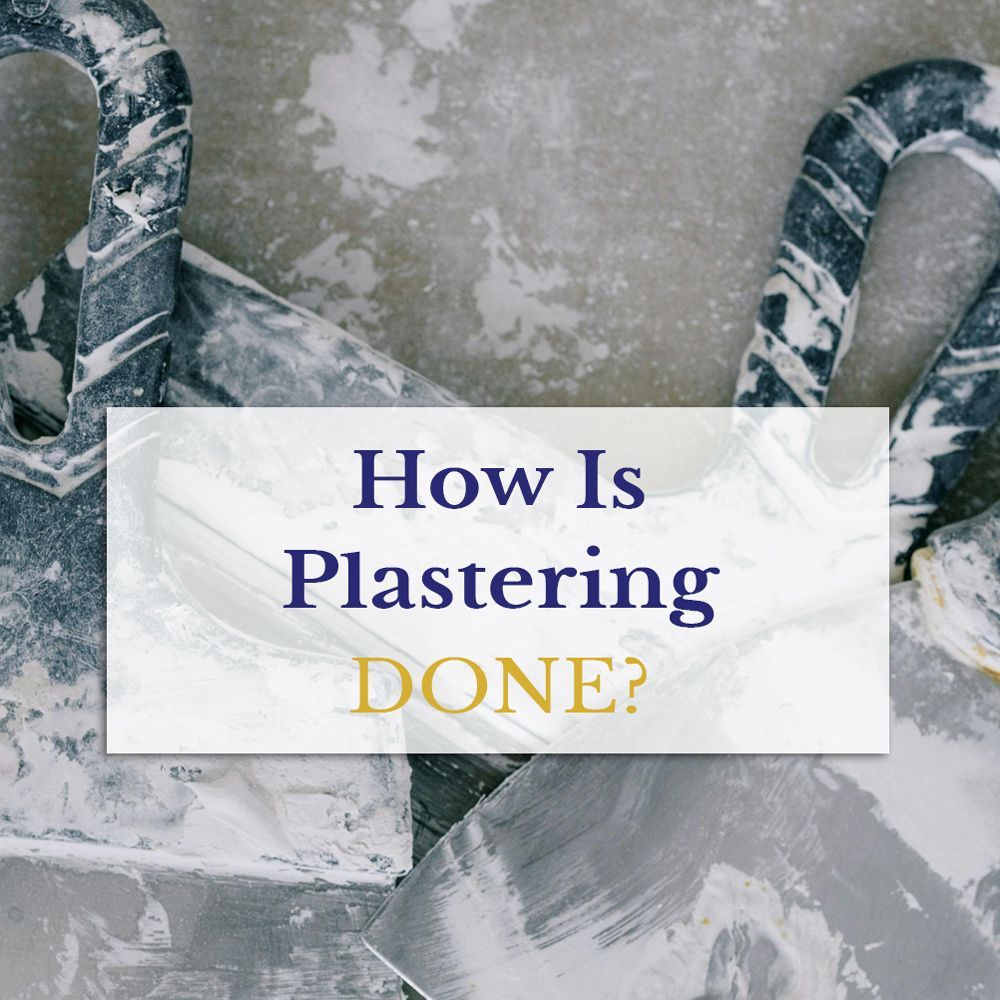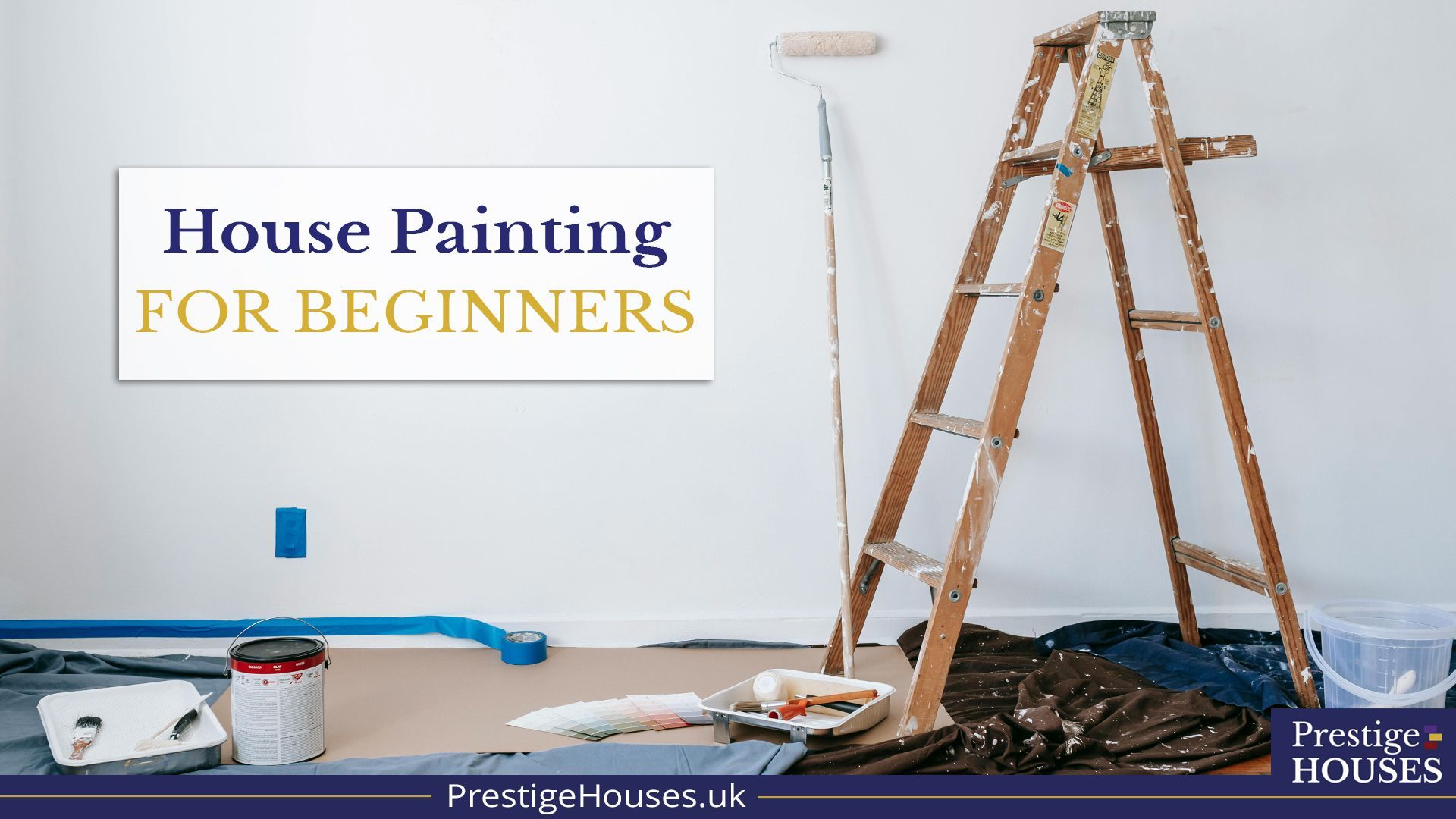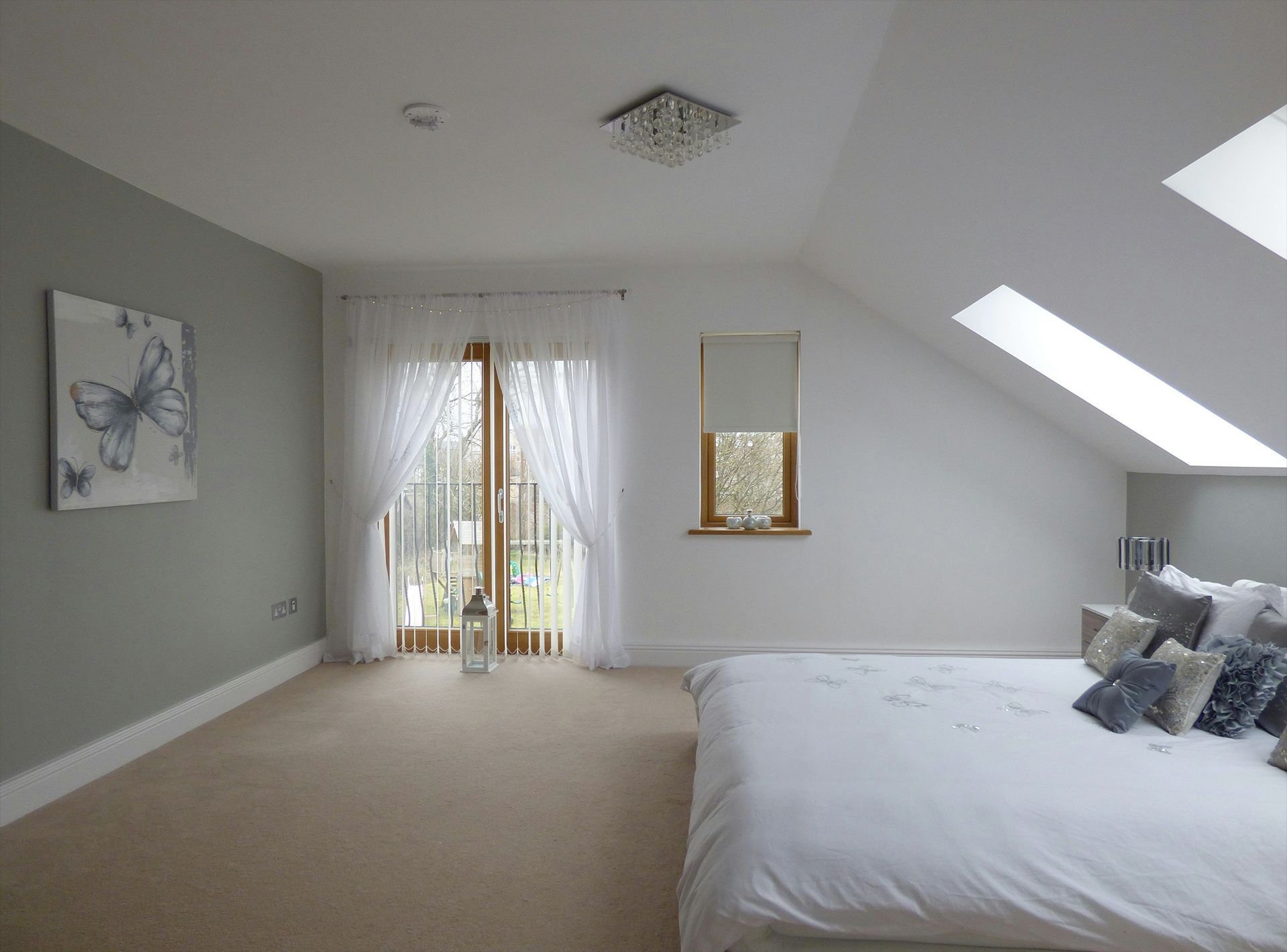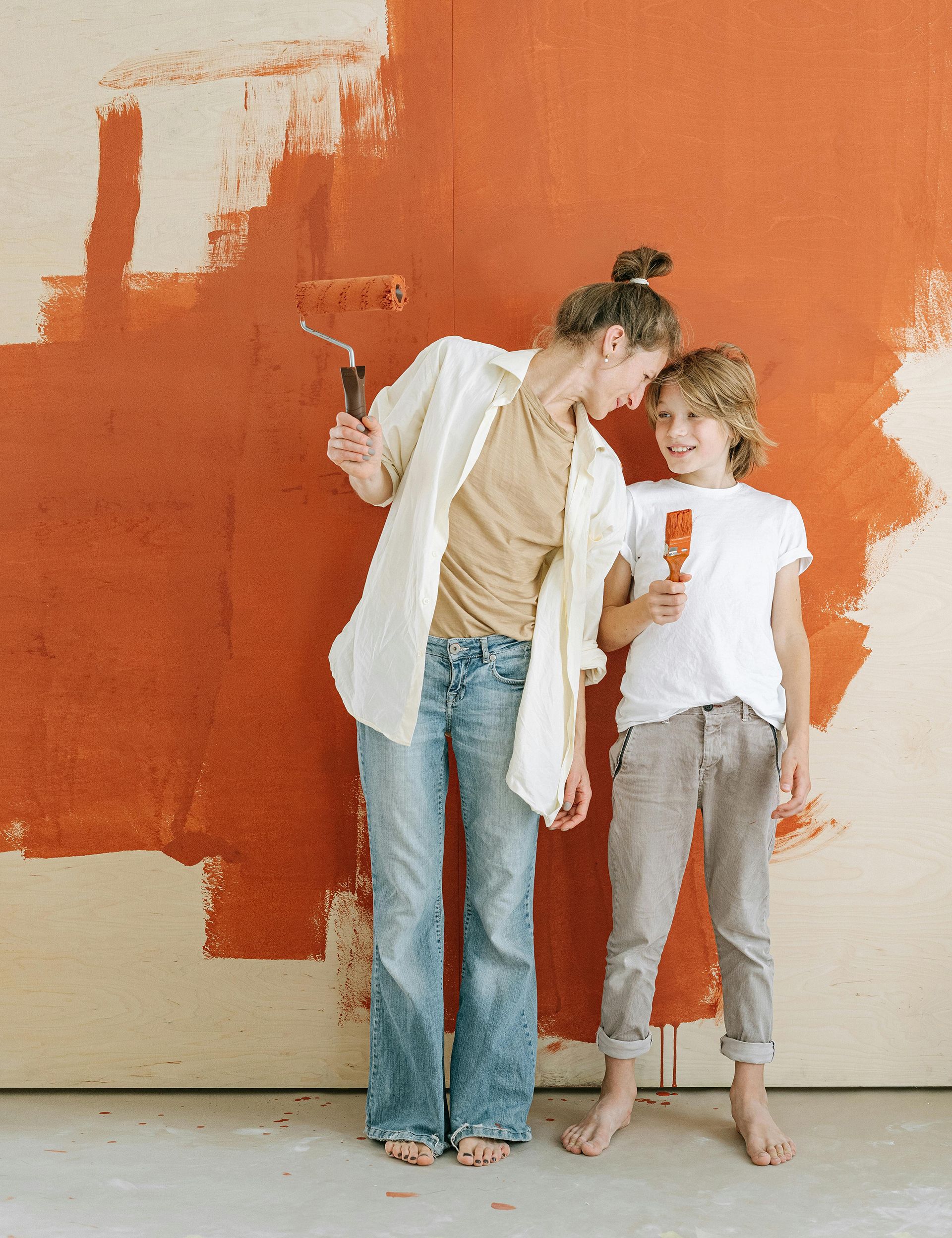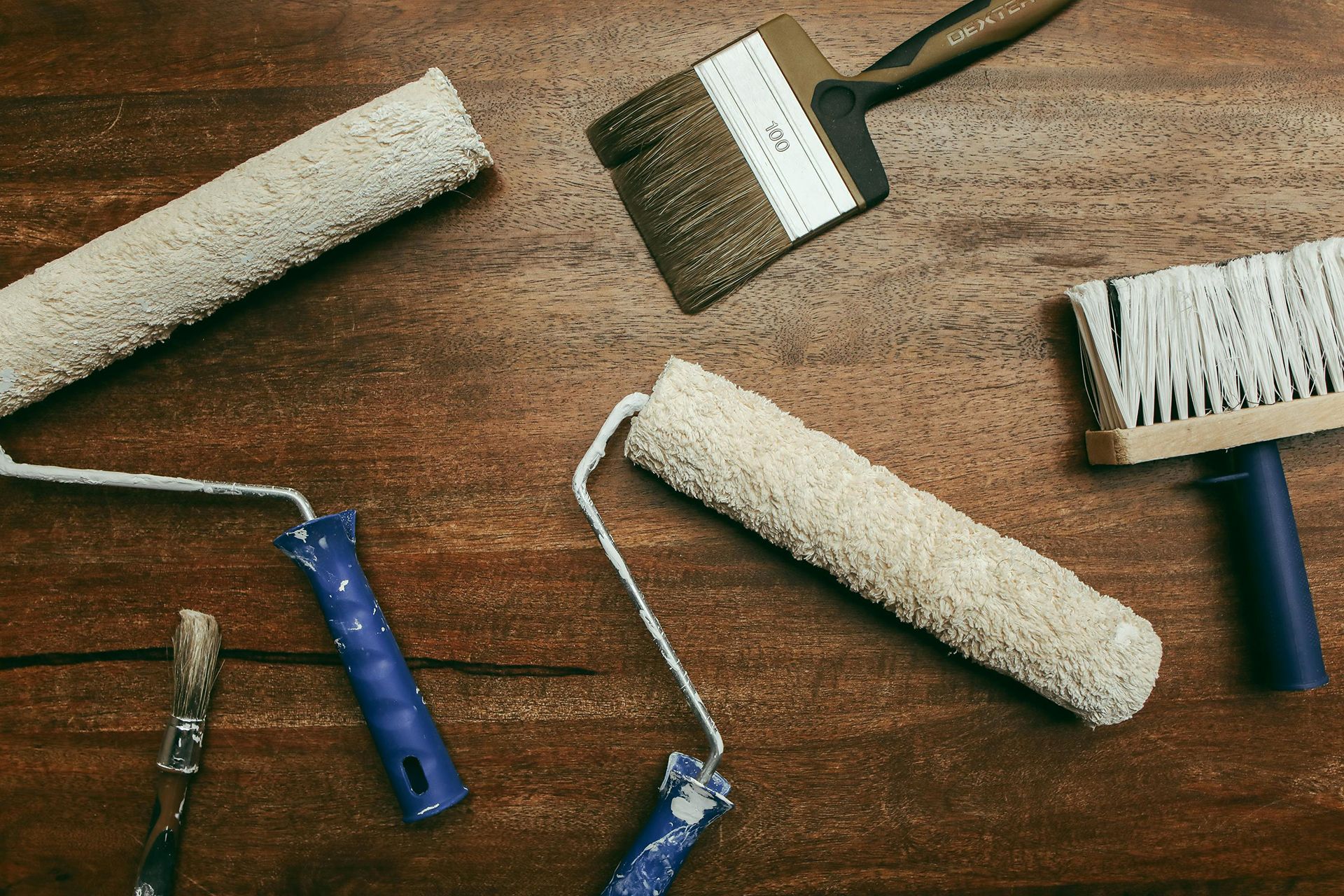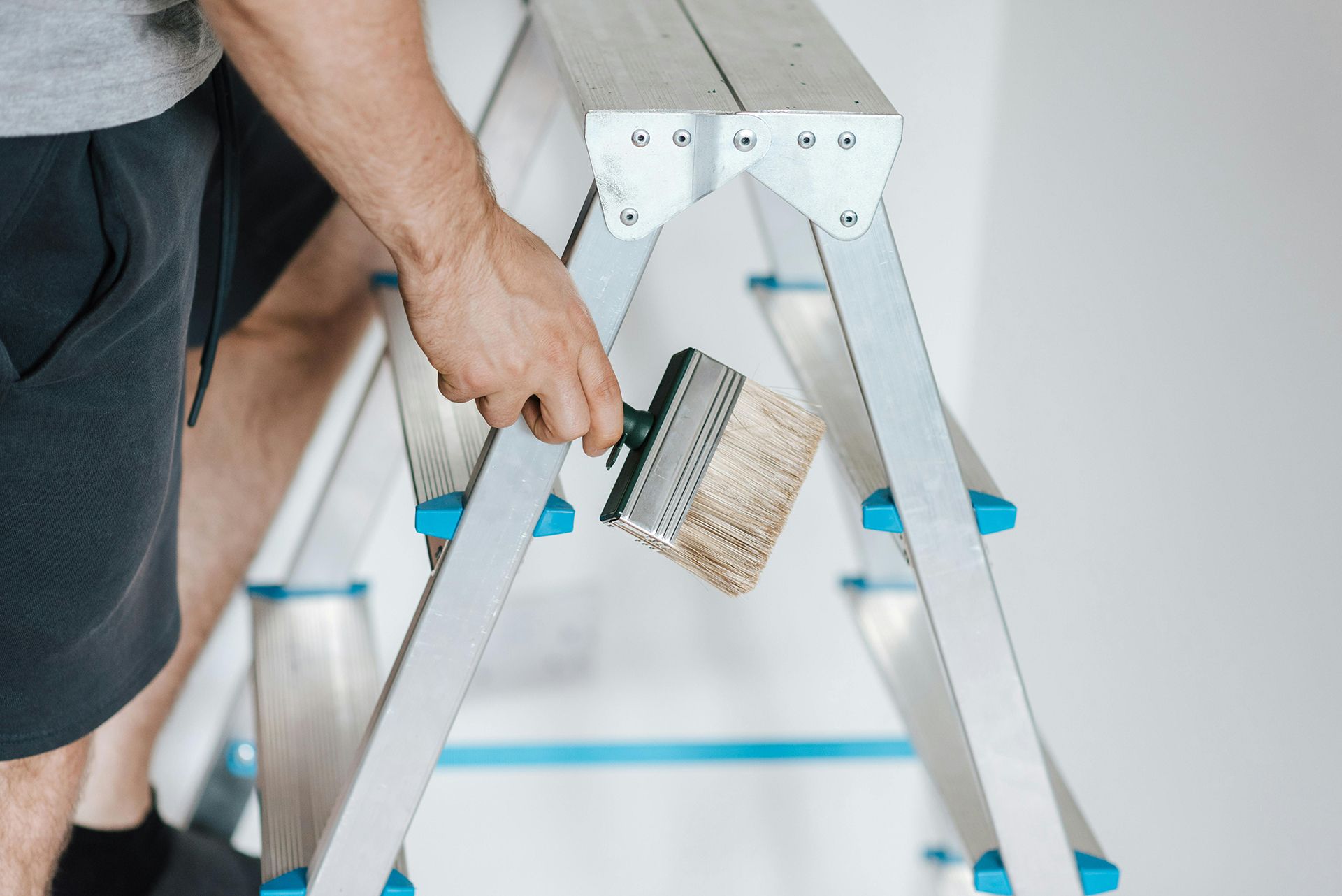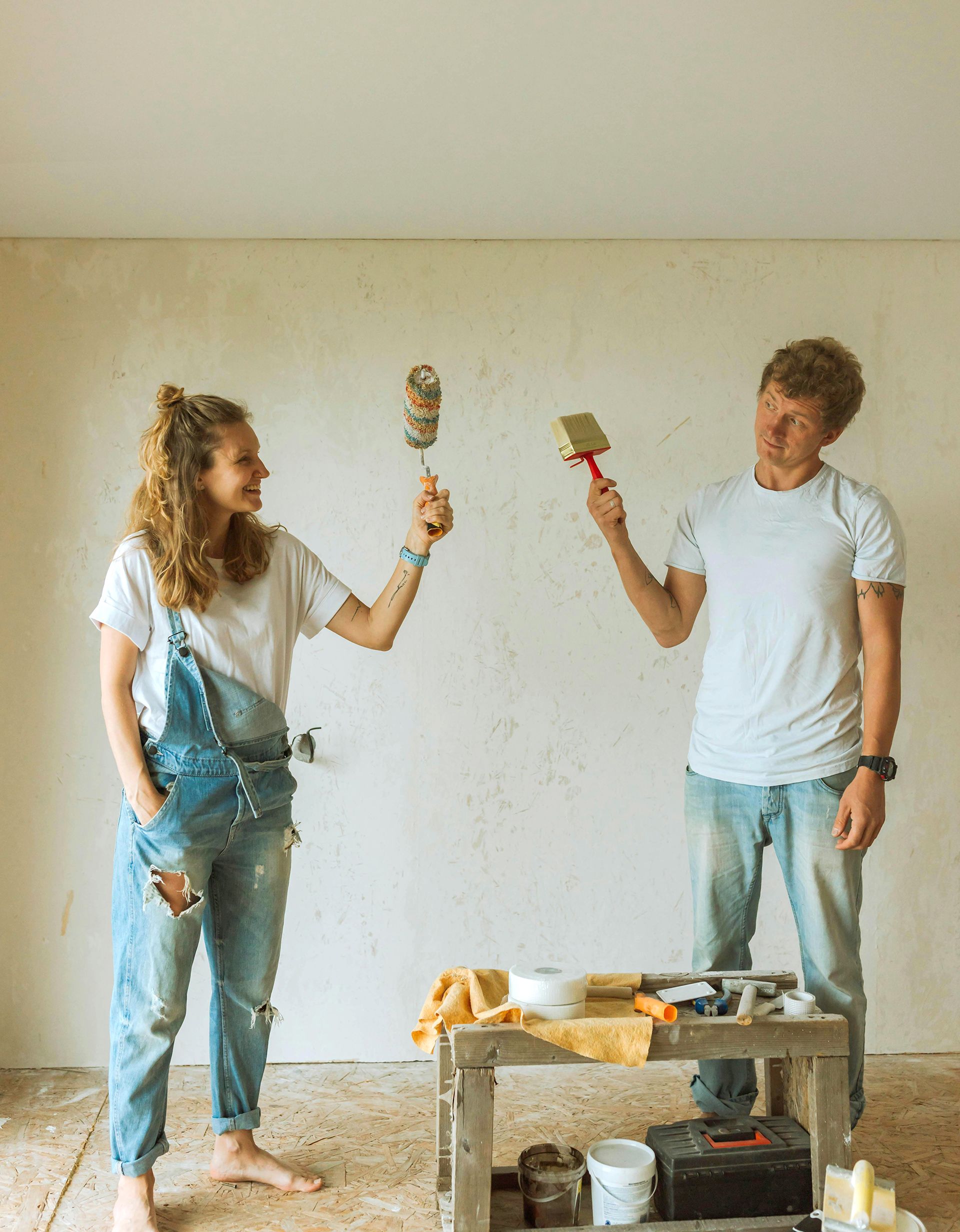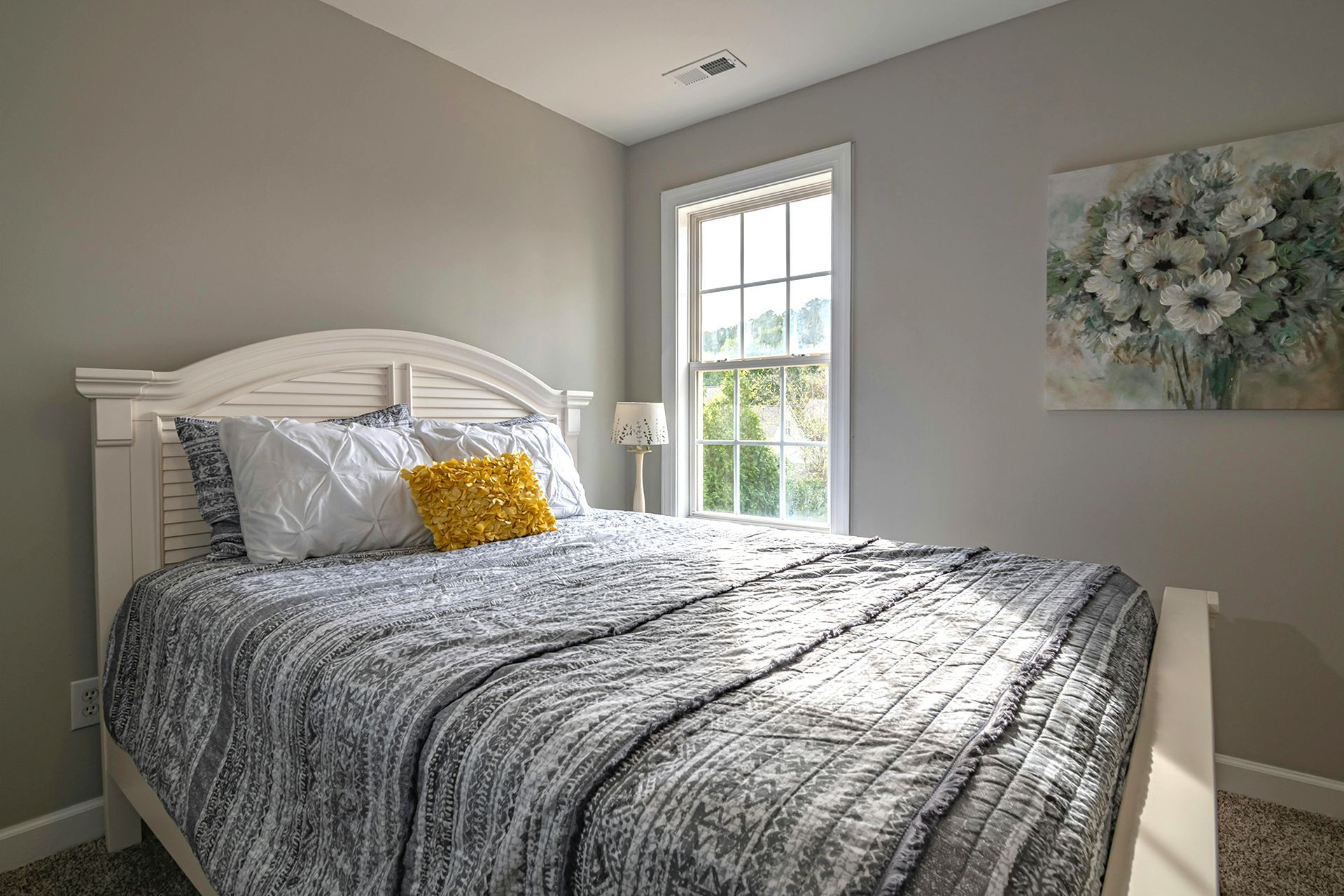House Painting for Beginners
Painting your own house can be rewarding and fun, but if you're new to house painting, it can feel like a daunting task.
Whether you're giving a tired room a fresh look or preparing your home for sale, a well-executed paint job can completely transform a space.
In this guide, I’ll walk you through the basics of interior house painting, including materials, techniques, and some best practices to ensure a professional finish.
Materials You’ll Need
Before you get started, it’s important to gather the right materials. Here's a list of essentials:
- Paint: Choose a high-quality interior paint. For beginners, latex (water-based) paints are easier to work with than oil-based ones.
- Primer: Essential if you're painting over darker colours or bare surfaces.
- Paintbrushes: Opt for a 2- to 2.5-inch angled brush for cutting in and a 4-inch flat brush for larger areas.
- Paint rollers: For large, flat surfaces, use a roller with the appropriate nap for your walls.
- Paint tray: To hold your paint while using the roller.
- Painter's tape: To protect edges and achieve clean lines.
- Drop cloths: To protect your floors and furniture from paint splatter.
- Ladder: For reaching higher areas.
Techniques for a Smooth Finish
1. Prepare the Surface
Before applying any paint, make sure your walls are clean and smooth.
Use a mild detergent to clean off any dust, dirt, or grease. Fill in any holes or cracks with filler, and sand it down to a smooth surface.
For a flawless finish, it's also wise to sand the entire wall lightly after applying the primer.
2. Priming is Key
Priming creates a smooth, uniform surface that allows paint to adhere better and provides more even coverage. This is especially important when painting over dark or bright colours, or if your walls have stains.
3. Choosing the Right Paint
Choosing the right colours is crucial for transforming a room.
Light colours can make a space feel bigger and brighter, while dark tones bring warmth and intimacy. For beginners, sticking to neutral colours like soft whites, greys, or beiges can be a safe bet. If you're feeling adventurous, try adding a feature wall in a bold colour!
4. Brushing vs Spraying vs Rolling
- House painting with a brush: Brushes are best for precision work such as cutting in edges, painting corners, and detailing around windows and doors. An angled brush is a good tool for achieving clean lines.
- House painting with a roller: For large wall surfaces, using a roller is faster and provides a more even finish. Be sure to use the correct nap for your walls; a thicker nap for textured walls and a thinner one for smooth walls.
- House painting with a spray gun: A paint sprayer can give you an ultra-smooth, even finish in less time, but it requires more practice and setup than a brush or roller. It’s ideal for large or difficult-to-reach areas but can be messy if not used correctly. If you're unsure, sticking to traditional brushes and rollers might be easier for beginners.
5. Mastering the Painting Technique
Start by ‘cutting in’ around edges with a brush. This involves painting along the corners, skirting boards, and window frames before moving to the larger areas. Once you’ve cut in, use your roller to fill in the remaining areas. Apply the paint in a "W" or "M" motion to avoid streaks or lap marks.
Best Practices to Follow
- Don’t Rush: Give your primer and paint enough time to dry between coats. Rushing leads to uneven finishes.
- Use Painter’s Tape: For beginners, painter’s tape is a lifesaver for achieving crisp, professional-looking lines.
- Ventilate the Room: Make sure the space is well-ventilated to speed up drying time and reduce fumes.
- Protect Everything: Use drop cloths to protect furniture and floors. Be diligent with your painter’s tape on edges and trim.
Wall Painting Decorating Ideas
Once you’ve mastered the basics of house painting, you can get creative! Here are some popular wall painting and decorating ideas to inspire you:
- Accent Walls: Choose one wall in the room to paint a bold colour, creating a focal point in the space.
- Two-Tone Walls: Split the wall into two horizontal sections, painting the top and bottom in different colours for a modern look.
- Geometric Patterns: Use painter's tape to create triangles, stripes, or diamonds for a playful, artistic effect.
Need Help?
If you don’t feel like trying your hand at DIY or if you want a flawless, professional finish, our experienced team at Prestige Houses is here to help.
Whether you’re in Southampton, Hampshire, or the surrounding areas, we offer expert painting, plastering, rendering, and external wall insulation services.
Get in touch for a free consultation!

Jarek (Jay) Wójtowicz
Founder of Prestige Houses
With over 20 years of professional experience in plastering, rendering, painting and decorating.
Jay, along with his dedicated team, ensures every project is completed to the highest standard.
Thanks to his expertise and attention to detail, Prestige Houses is one of the leading plastering and rendering companies in Southampton, Hampshire, Dorset, or beyond.
Outside of work, Jay has a passion for travelling, archery, fishing, horse riding, and motocross.
These interests fuel his creativity and precision, qualities he brings to every project.
- 07375 343781

